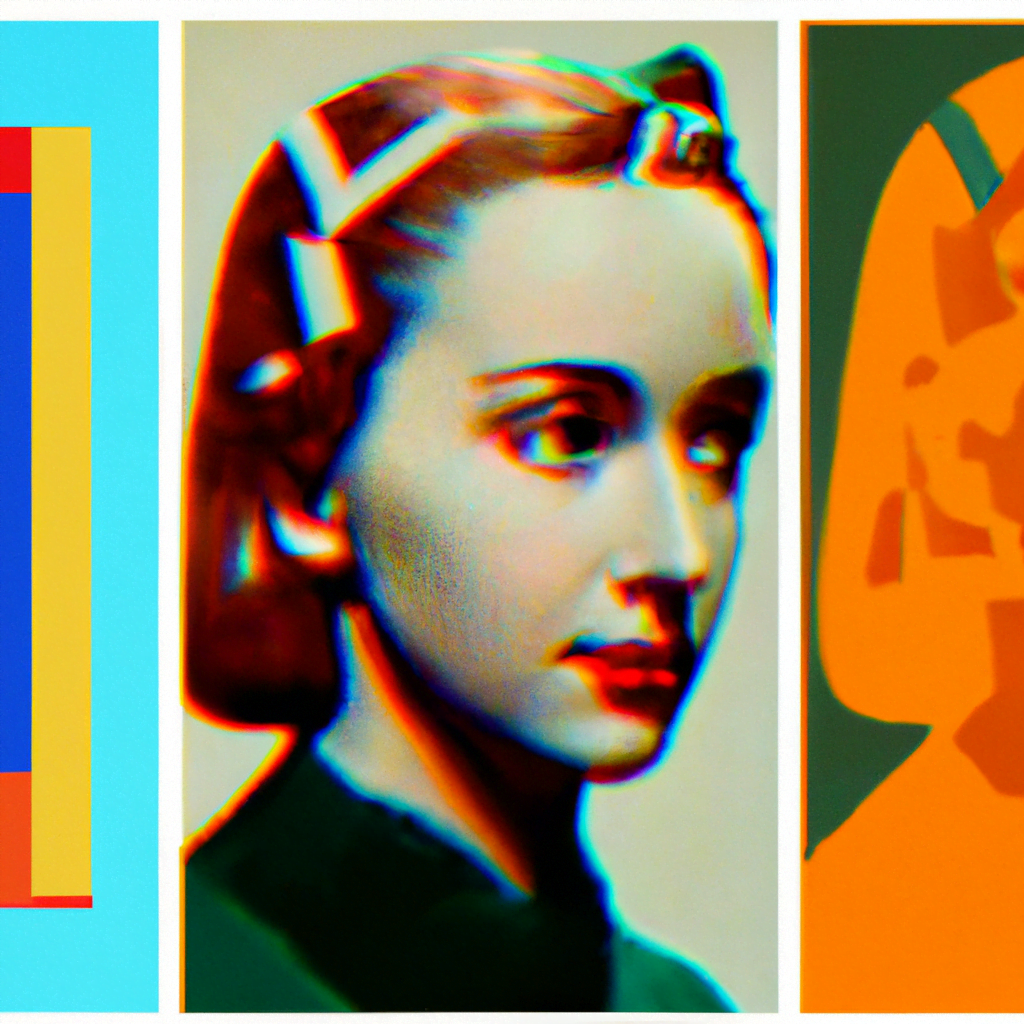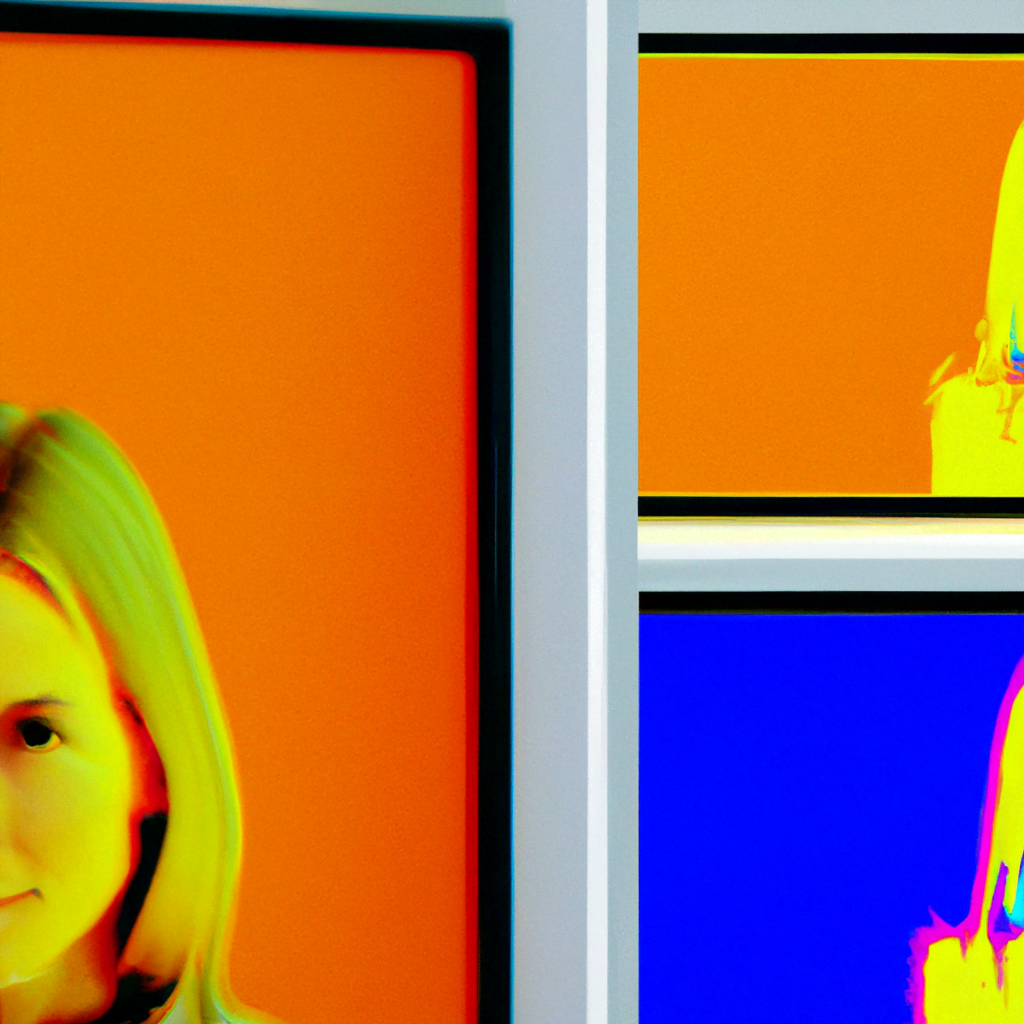
AI-Based Visual Search and Recognition in Design

Artificial Intelligence (AI) has revolutionized various industries, and design is no exception. With the advent of AI-based visual search and recognition technology, designers now have powerful tools at their disposal to enhance their creative process and improve efficiency. This article explores the applications, benefits, and challenges of AI-based visual search and recognition in design, along with real-world examples and case studies.
Understanding AI-Based Visual Search and Recognition
AI-based visual search and recognition technology leverages machine learning algorithms to analyze and interpret visual data. It enables computers to understand and recognize images, patterns, and objects, mimicking human visual perception. By training AI models on vast amounts of data, these systems can identify and categorize visual elements with remarkable accuracy.
Designers can utilize AI-based visual search and recognition in various ways, such as:
- Searching for design inspiration
- Identifying similar design elements
- Automating repetitive design tasks
- Enhancing user experience through personalized recommendations
Applications of AI-Based Visual Search and Recognition in Design
The applications of AI-based visual search and recognition in design are vast and diverse. Let’s explore some of the key areas where this technology is making a significant impact:
1. Design Inspiration and Research
Designers often seek inspiration from various sources, including websites, social media, and physical objects. AI-based visual search allows designers to find relevant images and designs by simply uploading or searching with an image. This technology can analyze the visual characteristics of an image and provide similar or related designs, helping designers discover new ideas and trends.
For example, Pinterest’s visual search feature enables users to find visually similar images by selecting a specific area of an image. This functionality helps designers explore different design styles and discover new possibilities.
2. Product Design and Development
AI-based visual search and recognition can significantly streamline the product design and development process. Designers can use this technology to identify similar products, analyze their features, and gain insights for their own designs. By leveraging AI algorithms, designers can save time and effort in researching existing products and focus more on innovation.
One notable example is the use of AI-based visual search in the fashion industry. Companies like ASOS and Zara have integrated visual search capabilities into their mobile apps, allowing users to find similar clothing items by simply taking a photo or uploading an image. This technology not only enhances the user experience but also helps designers understand customer preferences and trends.
3. Graphic Design and Branding
AI-based visual search and recognition technology can be a valuable asset for graphic designers and branding professionals. It enables designers to identify and analyze visual elements, such as colors, typography, and shapes, used in successful designs. By understanding the visual components that resonate with the target audience, designers can create more effective and impactful designs.
Adobe’s Sensei, an AI-powered platform, offers features like font recognition and color extraction, allowing designers to identify fonts and colors used in images. This functionality helps designers maintain consistency in branding and create visually cohesive designs.
Benefits of AI-Based Visual Search and Recognition in Design
The integration of AI-based visual search and recognition technology in the design process brings several benefits:
- Efficiency: Designers can save time by automating repetitive tasks, such as searching for design references or identifying similar design elements.
- Inspiration: AI-powered visual search provides designers with a vast pool of inspiration, helping them explore new ideas and trends.
- Personalization: By analyzing user preferences and behavior, AI-based visual search can offer personalized design recommendations, enhancing the user experience.
- Consistency: Designers can maintain visual consistency by leveraging AI algorithms to identify and extract key design elements.
- Market Insights: AI-based visual search can provide designers with valuable insights into customer preferences and market trends, enabling them to create designs that resonate with the target audience.
Challenges and Limitations
While AI-based visual search and recognition technology offer numerous benefits, there are also challenges and limitations to consider:
- Data Quality: The accuracy and reliability of AI models heavily depend on the quality and diversity of the training data. Biased or incomplete datasets can lead to inaccurate results and reinforce existing biases.
- Complexity: Developing and implementing AI-based visual search systems requires expertise in machine learning and computer vision. It can be challenging for designers without a technical background to fully utilize this technology.
- Privacy and Ethics: AI-powered visual search raises concerns about privacy and data security. Designers must ensure that user data is handled responsibly and transparently.
- Contextual Understanding: AI models may struggle to understand the context and intent behind visual elements, leading to inaccurate or irrelevant search results.
Real-World Examples
Several companies have successfully implemented AI-based visual search and recognition technology in their design processes. Here are a few notable examples:
1. Pinterest
Pinterest’s visual search feature allows users to find visually similar images by selecting a specific area of an image. This technology helps users discover new design ideas and trends, making it a valuable tool for designers seeking inspiration.
2. Adobe Sensei
Adobe Sensei, an AI-powered platform, offers various features for designers, including font recognition and color extraction. Designers can identify fonts and colors used in images, ensuring visual consistency and efficient design workflows.
3. ASOS and Zara
ASOS and Zara have integrated visual search capabilities into their mobile apps, allowing users to find similar clothing items by simply taking a photo or uploading an image. This technology enhances the user experience and provides valuable insights for designers in the fashion industry.
Summary
AI-based visual search and recognition technology has transformed the design industry, empowering designers with powerful tools to enhance their creative process and improve efficiency. From finding design inspiration to automating repetitive tasks, this technology offers numerous benefits. However, challenges such as data quality, complexity, privacy, and contextual understanding must be addressed. By leveraging AI-based visual search and recognition, designers can unlock new possibilities, create visually impactful designs, and gain valuable insights into customer preferences and market trends.
